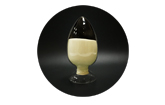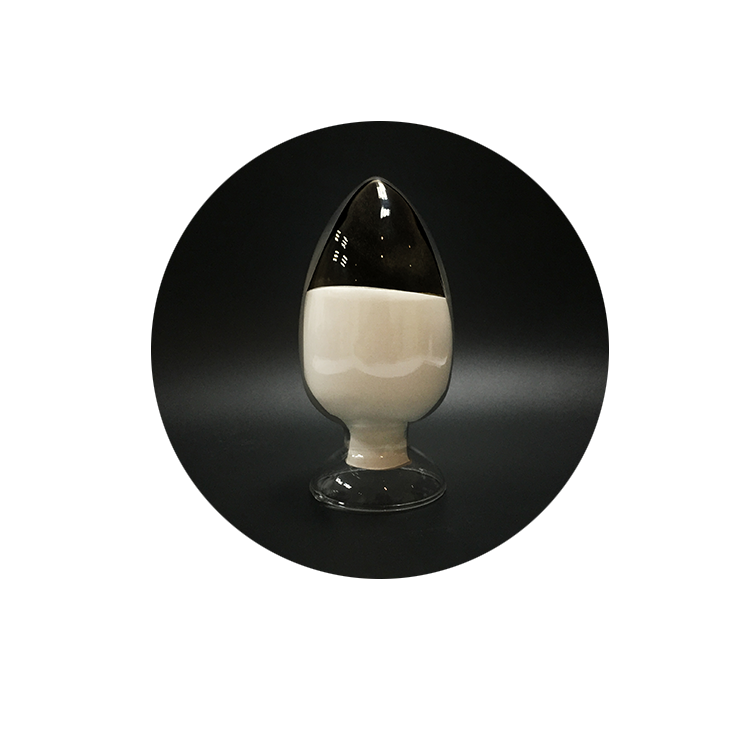Is ε-Polylysine Safe? is There Any Harm to the Human Body?
When it comes to preservatives, consumers often associate it with words such as "carcinogenic" and "toxic", and they will pay special attention to the ingredients in the ingredient list when purchasing products. These concerns of consumers are completely reasonable. my country has also issued a series of food safety regulations, which strictly limit the categories and maximum usage of preservatives to ensure the health of consumers.
In the past, limited by technology and cost, food manufacturers tended to use synthetic chemical preservatives to prolong the shelf life of products, such as common benzoic acid, sodium benzoate, potassium sorbate, calcium propionate, etc. With the increasing research on the control of chemical preservatives by the national government and the pursuit of green and healthy food by consumers, the use of natural preservatives is expanding, such as protamine, propolis, chitosan, tea polyphenols, ε- Polylysine, etc., they have the advantages of strong antibacterial properties, safety and non-toxicity, good water solubility, good thermal stability, and wide range of effects that synthetic preservatives cannot match. Next, let's talk about today's protagonist - ε-polylysine.
ε-Polylysine is a polypeptide with bacteriostatic effect produced by the fermentation of Streptococcus albicans. It is a natural, safe and healthy antibacterial food preservative. After the human body eats it, it will not accumulate in the body, and part of it can be degraded into the essential amino acid L-lysine, so ε-polylysine is not toxic. It has obvious inhibitory effect on gram-positive bacteria, gram-negative bacteria and yeast, etc. It can be used as a preservative and preservative in fruits and vegetables, beans, rice and products, wheat flour and products, grain products, meat products, seasoning products, beverages, cosmetics and daily chemicals. Considering the stability of the product, ε-polylysine is generally made in the form of hydrochloride, and it can also be compounded with natamycin and glycine to enhance the bacteriostatic effect.
In Japan, the market of ε-polylysine is very mature, and it is widely used in bentos and rice balls in supermarkets and convenience stores. As early as 2004, ε-polylysine was certified by the U.S. Food and Drug Administration (FDA) for the first time and was recognized as "generally recognized as safe (GRAS)", and then passed the certification again in 2011.
We can see that ε-polylysine is allowed to be added in the production process of food and daily chemical products, and it is not harmful to the human body, and consumers can rest assured. The safety issues of ε-polylysine are introduced here today. If you want to know more about the characteristics and application fields of ε-polylysine, please follow us and contact us!




